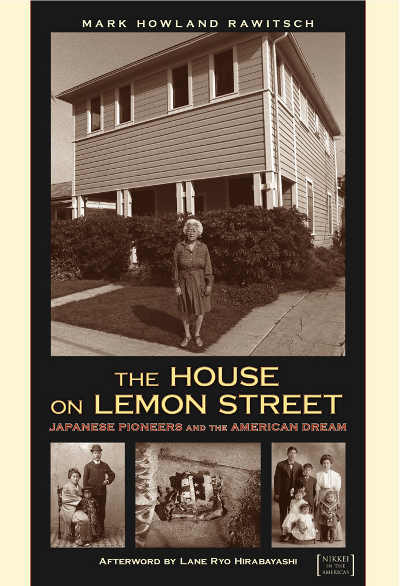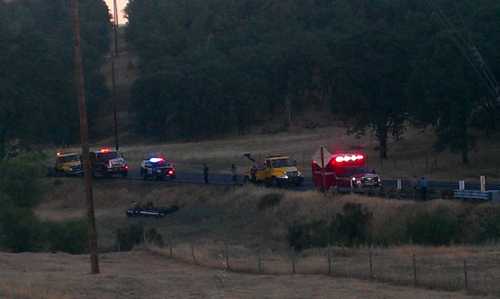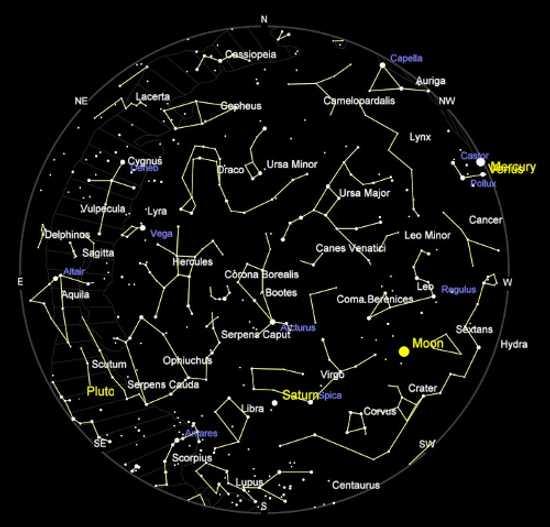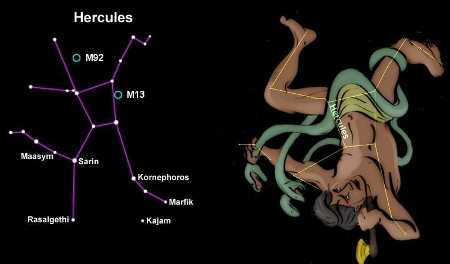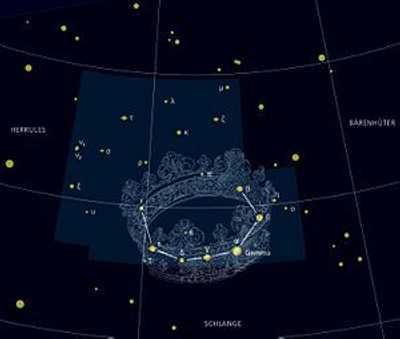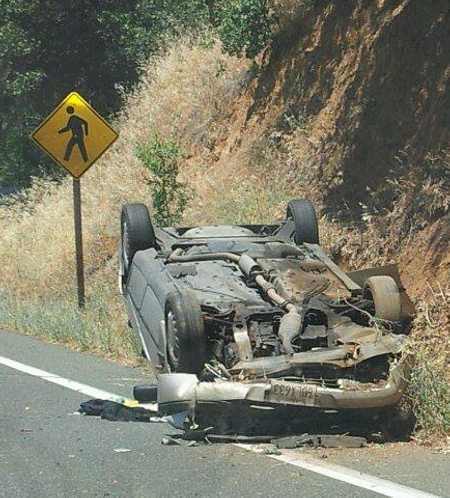- Lake County News Reports
- Posted On
Rawitsch looks forward to retirement after an accomplished education career
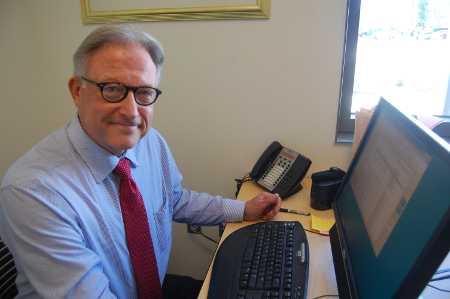
LAKE COUNTY, Calif. – The road to the future for Mark Rawitsch is not yet charted. But the path to his past can be easily traced from the “The House on Lemon Street” in Riverside to the community college on Parallel Drive in Lakeport, where Rawitsch is the retiring dean of instruction.
“The House on Lemon Street” is the title of a book he authored and is a national landmark; the latter a $15 million institution opened in January as the first-ever standalone college campus to grace the Lakeport landscape.
Give Rawitsch credit for his long-enduring tenacity.
He took 35 years to write the book, a story of a Japanese-American family and their house in Riverside.
“I took a break in the middle,” he quipped.
As a member of the original design team he became a leading advocate for what is officially the Mendocino College Lake Center 25 years ago.
In its 15,000 square feet, the college houses 10 classrooms in two buildings and a central administration building.
Its construction was made possible by a bond measure, Measure W, approved by Lake and Mendocino voters in 2006.
Equipped to serve a student body of 700, classes at the campus began in January.
Rawitsch also was a proponent of the construction of a smaller college center in Willits, which is not yet open.
“I really believe in community colleges and the idea of having not just the main campus but campus centers,” he said. “The idea has been to have smaller campuses in rural areas. That meant something to me.”
In exiting something in which he has been so intrinsically involved in building, his parting thoughts are not of a sentimental nature.
“The words I like to use sound like George Bush ... 'mission accomplished,'” he said. “What I wanted to do is build these centers and they're done. But I didn't know it was going to take 25 years. Now it's time for somebody younger to come in and make it work.”
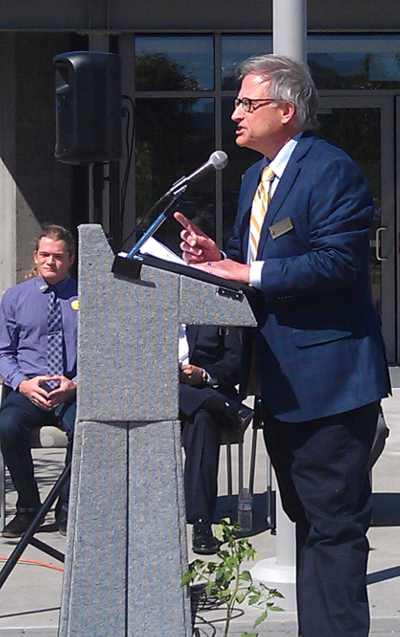
Rawitsch's book, like the family and the house he wrote about, seems destined to be of historic significance. He would like to see it in the classroom.
The first printing – 1,000 hardback copies – were sold out and a second printing in pocketbook form is planned.
“It's been very popular,” Rawitsch said. “It got a nice review from young Japanese-Americans.”
The book traces the Haradas, a Japanese-American family, from the time they came to California and became the first Japanese-Americans to challenge the California Land Act of 1913. The prejudicial legislation forbade Asians from owning property.
“The story begins with the family buying this house and having their neighbors in that neighborhood not liking them,” Rawitsch explained.
“During World War II they were removed from the house and had to go to a camp,” he said.
That was true for more than 120,000 people of Japanese ancestry – primarily U.S. citizens – who were incarcerated in 10 internment camps established under the terms of Executive Order 9066, signed by President Franklin Roosevelt in February 1942.
Rawitsch probes deep into the memories of Sumi Harada, a daughter who was born in the U.S. in 1909 and was sent to a camp while in her early 30s.
“There is a whole part about this particular family. When they went to the camp her brother was serving as a medic in the U.S. 442nd Infantry (an all-Japanese regiment) during World War II,” he said. “Sumi's parents were both invalids; they spent all their time in the hospital.”
Sumi Harada returned to the house in Riverside at the end of the war in 1945 and lived there until 2000, Rawitsch said.
He added that he may write a sequel to his book based on the voluminous documents and letters that became a part of an exhibit when the house was designated a California landmark; that was after Sumi Harada donated it to the city of Riverside.
Rawitsich said he wrote the book “because a lot of people think that Japanese-American history began during World War II. I want people to understand that 25 years before World War II there were challenges for them. Anti-alien landmark legislation was passed with the intent to not have them stay in California and that long before Pearl Harbor people thought they shouldn't be here.”
What's next for the effervescent 62-year-old Rawitsch?
“Something,” he replied. “But I'm not sure what it is yet. I've known a few people a little bit older than I am who retired and actually didn't survive.”
Email John Lindblom at This email address is being protected from spambots. You need JavaScript enabled to view it. .
